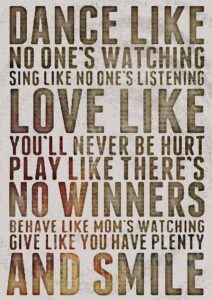
A word fitly spoken
is like apples of gold in a setting of silver.
–Proverbs 25:11
* * *
A few months ago, James Scott Bell posted Micro Fiction for Your Writer’s Brain on TKZ. It was about writing fiction that was less than 500 words long. (I’ll wait while you go back and review.)
That post gave me an idea for writing about even shorter form fiction, and I came across a few types that are both fun and challenging.
The Clerihew
The clerihew is a form of poetry that was invented by E.C. Bentley, the author of Trent’s Last Case and other novels. Bentley’s full name happens to be Edmund Clerihew Bentley. I guess when you have a middle name like Clerihew, you may as well come up with some clever and inventive use of it.
Here’s the definition of clerihew from Wikipedia:
A clerihew (ˈklɛrɪhjuː) is a whimsical, four-line biographical poem of a type invented by Edmund Clerihew Bentley. The first line is the name of the poem’s subject, usually a famous person, and the remainder puts the subject in an absurd light or reveals something unknown or spurious about the subject. The rhyme scheme is AABB, and the rhymes are often forced. The line length and metre are irregular. Bentley invented the clerihew in school and then popularized it in books.
Here are a couple of examples:
Sir Humphry Davy
Abominated gravy.
He lived in the odium
Of having discovered sodium.
Did Descartes
Depart
With the thought
“Therefore I’m not”?
Here’s my humble attempt:
Albert Einstein
Had a very great mind
While in his prime
He relativized time
* * *
The Haiku
Back in 2021, Steve Hooley and his sister, Joyce, wrote a wonderful TKZ post on haiku poetry.
Dictionary.com defines haiku as
a major form of Japanese verse, written in 17 syllables divided into 3 lines of 5, 7, and 5 syllables, and employing highly evocative allusions and comparisons, often on the subject of nature or one of the seasons.
Here are a couple of rather famous ones:
“A Caterpillar” by Matsuo Basho
A caterpillar,
This deep in fall –
Still not a butterfly.
“A Poppy Blooms” by Katsushika Hokusai
I write, erase, rewrite
Erase again, and then
A poppy blooms.
And another one by me:
Azalea blossoms
Pink, but ragged on the edge
Tomorrow’s lovers
* * *
The Limerick
Here’s what Britannica.com has to say about this poetic form:
Limerick, a popular form of short, humorous verse that is often nonsensical and frequently ribald. It consists of five lines, rhyming aabba, and the dominant metre is anapestic, with two metrical feet in the third and fourth lines and three feet in the others. The origin of the limerick is unknown, but it has been suggested that the name derives from the chorus of an 18th-century Irish soldiers’ song, “Will You Come Up to Limerick?” To this were added impromptu verses crowded with improbable incident and subtle innuendo.
Here’s a non-ribald example.
A tutor who taught on the flute
Tried to teach two tooters to toot.
Said the two to the tutor,
“Is it harder to toot, or
To tutor two tooters to toot?”
Personally, I love limericks. I occasionally compose one in honor of politicians or other strange creatures. 😎 I won’t share any of those, but here’s one I made up just for today:
My computer decided to die
Just as the deadline drew nigh
When the publisher screamed
I knew I was creamed
So I kissed my contract good-bye
* * *
So TKZers: What do you think about these poetic short forms? Pick one or two (or all three) and astound us by entering your work in the comments. Include something in your poem about one of your books if you’re so inclined.
* * *

There once was a pilot named Cassie
An intrepid sleuth was this lassie
She flew into danger,
But it didn’t change her
And she found the murderer fastly.
A 2024 Eric Hoffer Grand Prize Award Finalist
Buy on Amazon, Barnes & Noble, Kobo, Google Play, or Apple Books.






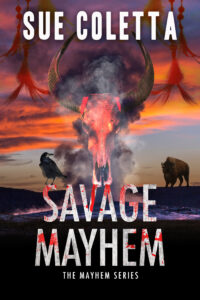





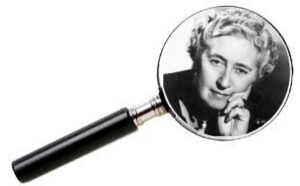
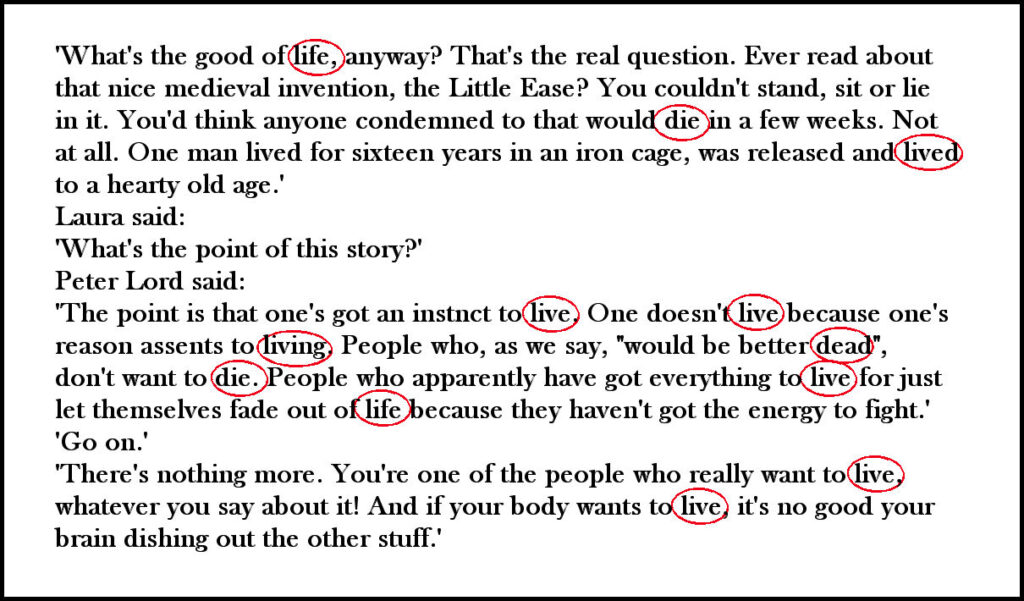
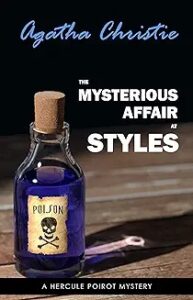 Dr. Danielsson plotted information about these aspects on a three-dimensional graph and plotted the same criteria from Arthur Conan Doyle’s works on the same graph. Christie’s books exhibited a consistency shown visually by her plotted points being clustered together while the points of Doyle’s stories were spread farther apart indicating his works were more dissimilar when compared to each other. This indicated that Doyle’s style had changed through the years while Christie’s had remained remarkably consistent.
Dr. Danielsson plotted information about these aspects on a three-dimensional graph and plotted the same criteria from Arthur Conan Doyle’s works on the same graph. Christie’s books exhibited a consistency shown visually by her plotted points being clustered together while the points of Doyle’s stories were spread farther apart indicating his works were more dissimilar when compared to each other. This indicated that Doyle’s style had changed through the years while Christie’s had remained remarkably consistent.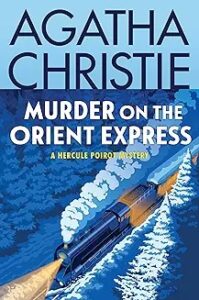
 While some famous characters appear in multiple books and are popular with the reading public (e.g., Hercule Poirot, Miss Marple, Captain Hastings), the number of characters in each novel may be just as important. This prompted an interesting theory by David Shephard, Master trainer in Neuro-Linguistic Programming.
While some famous characters appear in multiple books and are popular with the reading public (e.g., Hercule Poirot, Miss Marple, Captain Hastings), the number of characters in each novel may be just as important. This prompted an interesting theory by David Shephard, Master trainer in Neuro-Linguistic Programming.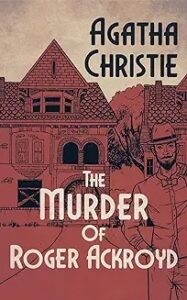
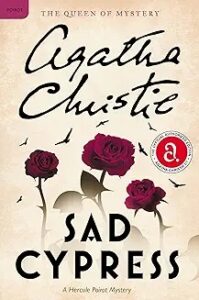 Although I found a site with the
Although I found a site with the 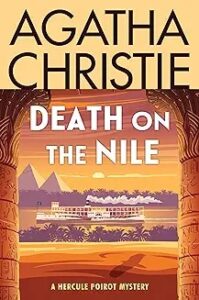







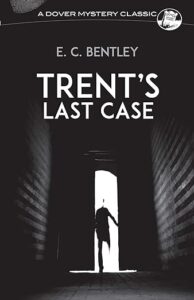
 I was
I was 